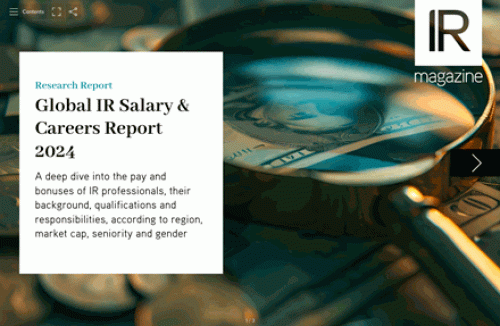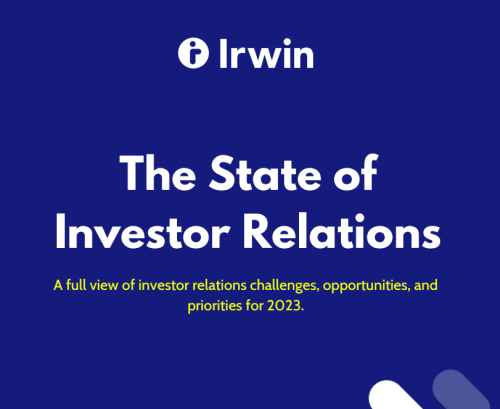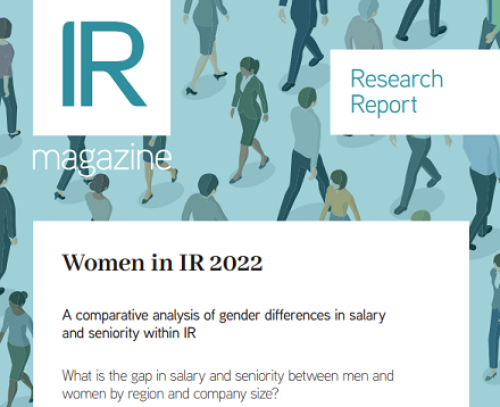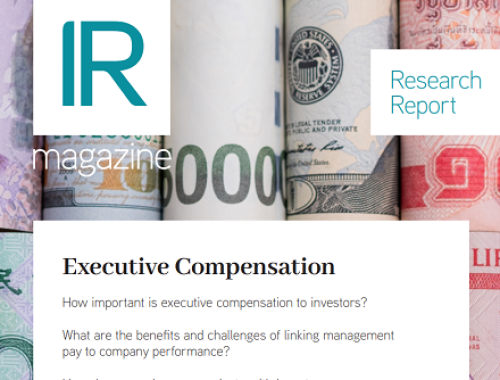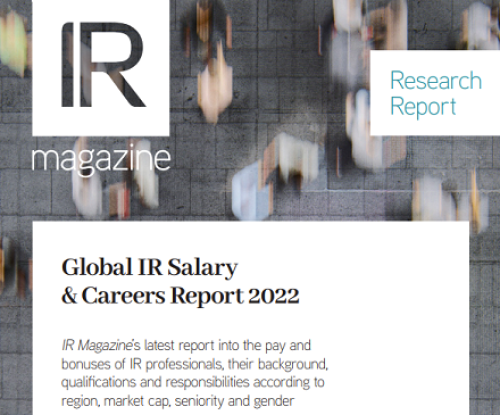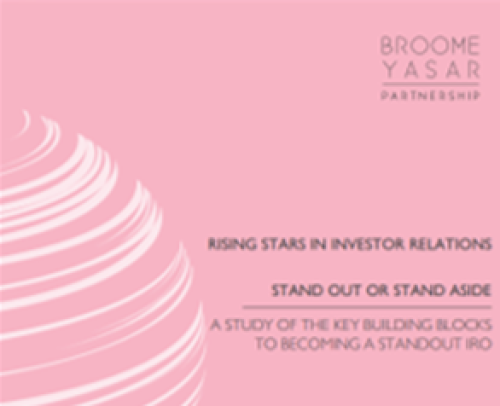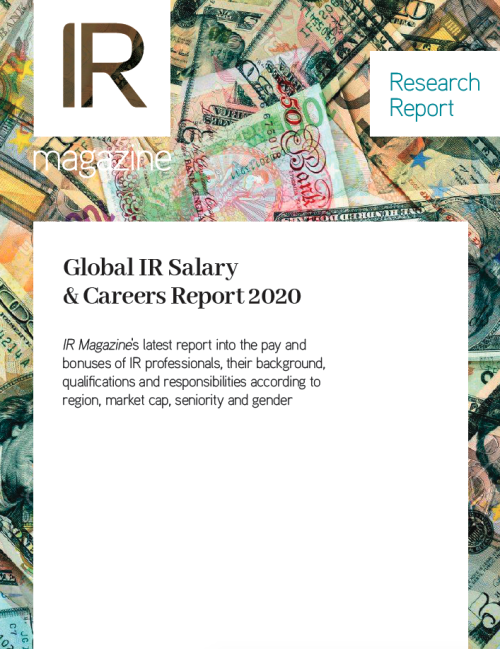Your path into IR has a big impact on both your salary prospects and your seniority, according to the latest Women in IR research published by IR Magazine.
In 2016 IR Magazine research first highlighted a gender pay gap across investor relations. In 2017 its research showed that 33 percent of IR heads were women – despite an almost equal male-female split in the profession. This year IR Magazine has examined how the route into IR impacts both seniority and salary.
The findings show that when it comes to gender equality, women coming into IR from a capital markets background are most likely to be high earners, most likely to be head of department and are more or less on a par with men coming from the same background.
At the other end of the scale, women from a communications or marketing background are least likely to be high earners – and the report notes that ‘men fare slightly better than women when they both come from communications or marketing.’
It is from a corporate finance background that the majority of IROs – both male and female – enter the profession, however, and this is the area with the biggest gender disparity.
‘The career progressions of male and female IR professionals from a corporate finance background are clearly different,’ writes report author Lloyd Bevan, IR Magazine’s head of research. ‘While just over a third of women polled from this background are IR heads, this rises to 60 percent among men. There is also a gender pay difference for IR professionals from corporate finance: just three in 10 men earn less than $100,000, compared with a majority of women.’
Even the findings that show a capital markets background being most equal continue to contribute to an imbalance in the profession, however, because male-dominated capital markets roles result in more men than women coming into IR at the senior, higher-earning level. At the same time, women are more than twice as likely as men to enter the profession from a ‘soft skills’ communications or marketing background.
‘Generally, pay differentials always exist between men and women who are moving from support functions into the front office but, given what we know about gender pay gaps, these tend to be more pronounced for women,’ says Pavita Cooper, founder and director of career insight firm More Difference and steering committee member at the 30% Club. ‘The issue about ‘pink’ roles such as marketing, HR, communications, and so on is that women get encouraged to move into these roles, which creates an early career pay gap, making it harder to transition into commercial roles.’
Marina Calero, IR director at Powerscourt and head of IR at McCarthy & Stone, says the findings come as no surprise and appear to be ‘more about critical mass’ than gender.
‘Capital markets professions are well remunerated and still dominated by men, while communications and marketing are traditionally a female domain so, proportionally, there will be fewer women moving down the professional ‘value chain’ to IR from capital markets and more from communications,’ she explains.
And of course, those coming from high-flying capital markets roles can command a bigger pay packet. ‘Naturally, regardless of gender, those leaving capital markets and moving to a much lower-remunerated industry will be looking to bridge the earnings gap between the two,’ continues Calero. ‘They also possess the skills that are in fashion with the board and perceived as valuable, with boards willing to push the budgets to get what they see as value for money.’
She notes, however, that the transition from capital markets to IR is not always so smooth, ‘while those coming from a comms or marketing background often have a more complementary range of skills for an IR career.’
Cooper agrees: ‘The core skill set that makes for success in IR is being both numerate and a strong communicator.’


